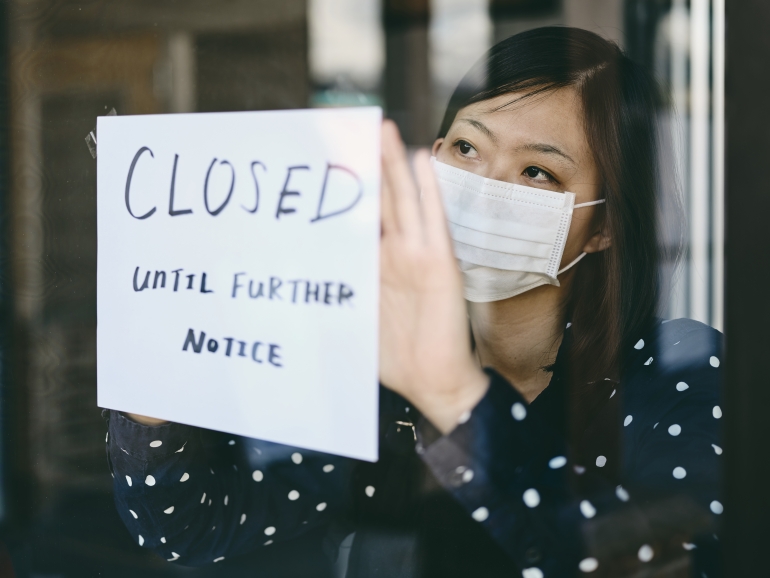Tue 01 December 2020
By Jayne He
For decades, the multilateral trading system has played a critical role in promoting international cooperation on trade policymaking and dispute resolution, making significant contributions to maintaining peace and prosperity for the international community. Amongst other factors, China’s rise has caused growing concerns about whether the system is effective and should remain relevant. These concerns have led to dramatic trade policy changes in the US, taking unilateral actions against China and strangulating multilateral cooperation while in the meantime calling for reforms of the WTO. While the outbreak of COVID-19 has intensified the crisis in the multilateral trading system, none of these China-related concerns are caused by the pandemic and will not subside with it.
UNSW Law’s Herbert Smith Freehills China International Business and Economic Law (CIBEL) Centre member Dr Weihuan Zhou’s latest research, co-authored with Assistant Professor Mandy Meng Fang of the City University of Hong Kong reviews the evolution of China’s industrial policies in the high-tech sector, explains why the existing WTO rules may be applied to tackle Chinese subsidies and makes recommendations on general principles and approaches for future negotiations of industrial subsidies.
China’s economic growth has relied heavily on industrial policies and subsidies. The authors argued that whether China has done so in ways that violate its international obligations must be assessed by WTO tribunals based on evidence and detailed legal examination rather than by unsubstantiated allegations. Likewise, whether new rules may be needed to deal with China requires a careful assessment of the existing rules and jurisprudence, and eventually must be determined by all WTO Members via negotiations.
The authors note that the industrial policies and subsidies China adopted are widely used by all economies for a variety of domestic regulatory goals. Both the application of the current WTO rules on subsidies and the development of new rules in the future must strike a balance between regulation of trade-distortive subsidies and protection of policy space for the legitimate use of subsidies.
In this regard, one must note that China’s WTO obligations have extended significantly beyond the general WTO rules and have the potential to constrain Chinese industrial subsidies and government intervention in the economy more broadly. The efficacy of most of these China-specific rules has remained untested to date. Yet, the view that the current rules are inadequate to tackle Chinese subsidies has (unjustifiably) dominated the international trade community.
Given China’s good record of complying with the rulings of WTO tribunals, the authors are optimistic about using WTO rules and dispute settlement system to constrain China’s subsidy practices. However, they point out that the goal will be difficult to achieve in the absence of a functional Appellate Body.
During the pandemic, industrial subsidies have been utilised more widely for economic recovery. Assuming that reform of the current subsidy rules is desirable, the authors put forward some general principles and approaches for future negotiations of industrial subsidies emphasising the need to target trade-distortive subsidies rather than China, to balance between strengthening subsidy rules and preserving policy space, to follow economic guidance and data while accommodating political considerations, and most innovatively, to shift from the ‘one-size-fits-all’ approach to a country-specific approach through a scheduling method whereby an Industrial Subsidy Schedule is created to record policy objectives, commitments and exceptions of each nation.
This article is published in the University of New South Wales Law Research Series (UNSWLRS) No. 20-66 and full text is available on SSRN.
